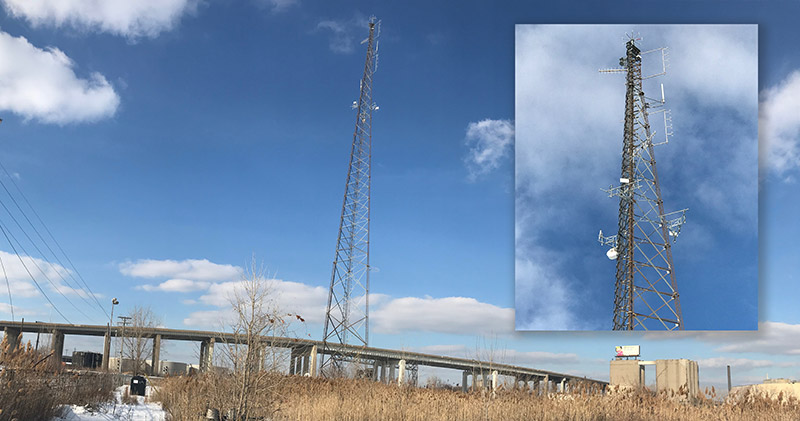
What is Internet Redundancy?
Internet redundancy is a method of determining available internet connectivity in case of path failure or unavailability. If a primary internet connection fails, the secondary takes over, ensuring your business stays up and running.
Why is Internet Redundancy Important?
Without internet redundancy, it doesn’t take much for a disrupted network; it just needs a single point of failure. Can your business afford to be out for a few days, hours, or even seconds? During the time of an outage, financial losses and missed opportunities can occur, as well as possible tarnishing of a reputation. Your company can suffer from direct, indirect, and opportunity costs.
Different Ways to Achieve Internet Redundancy
Internet redundancy can be achieved by having service with separate internet providers, utilizing different transports and/or technology:
1. Multiple Transit Provider:
Calculate the best path to the requested internet destination with Border Gateway Protocol (BGP), commonly used for provider redundancy.
2. Separate Transports:
Utilize two different transport solutions (fixed wireless, fiber), where the company can use the same internet service provider (ISP) for multiple services.
3. Software Failover – SD-WAN:
Steer internet traffic on separate links through three different features of SD-WAN.
- DYNAMIC MULTI-PATH OPTIMIZATION (DMPO): Allow managed performance thresholds for different traffic types with dynamic path selection, ensuring critical applications and data transfers always use the best path based on the loss, latency and jitter.
- POLICY-BASED ROUTING (PBR): Enable administrators to assign traffic to a virtual private network (VPN) based on criteria such as traffic protocol, source, destination or application.
- DUAL ACTIVE VPN UPLINKS: Have multiple VPN tunnels simultaneously active, where traffic can be load balanced across tunnels to make optimal available bandwidth use.
4. Hardware Failover:
Eliminate network outages with high availability configurations. Remediate network issues that could be potentially harmful to your network through using different pieces of hardware.
Common Internet Redundancy Implementation Mistakes
Service Does Not Fit Their Business Needs:
Many businesses desiring a backup network connection seek cheaper and less robust options than their primary one. If the primary connection fails, the secondary connection will not be able to sufficiently support the network demand. In the event of significant network downtime, will your business be able to operate efficiently?
Service is Not Truly Redundant:
Some businesses have their primary and secondary service traverses the same path. In the event of a path failure, the primary and secondary internet service becomes unavailable.




